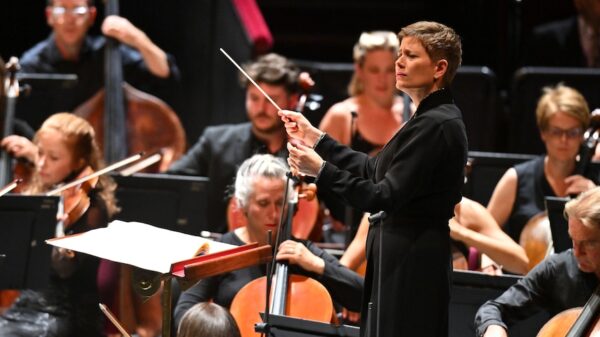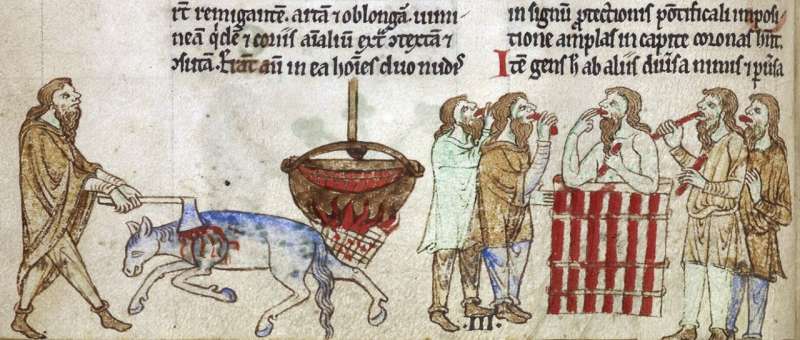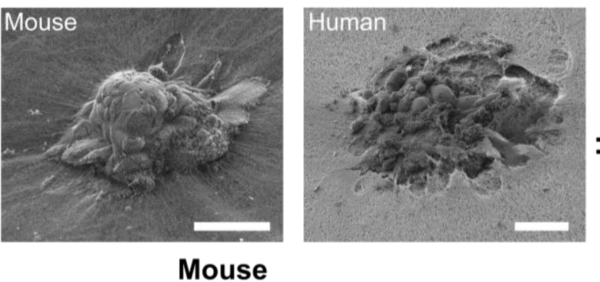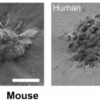Archaeological research in Hungary reveals that medieval inhabitants continued to consume horsemeat long after the nation’s conversion to Christianity in 1000 AD. This finding challenges the long-held belief that the decline in horsemeat consumption was primarily due to religious restrictions associated with Christianity. The study, led by Professor László Bartosiewicz from Stockholm University and Dr. Erika Gál from the HUN-REN Research Center for the Humanities, analyzed horse remains from 198 medieval settlements across Hungary.
The investigation, published in the journal Antiquity, demonstrates that horsemeat consumption persisted well into the 13th century, contradicting the narrative that it was abandoned due to emerging Christian beliefs. Although the Church did not officially prohibit the consumption of horsemeat, it was often described in medieval texts as impure, reflecting societal views that linked it to non-Christian practices.
The authors state, “Based on documentary sources, abandoning horsemeat consumption is widely associated with the emergence of Christianity in medieval Europe.” They further note that the absence of a direct ban, similar to the prohibitions on pork in Judaism and Islam, indicates significant regional variations in attitudes toward horsemeat across Europe.
Despite the prevailing historical account, a comprehensive archaeological survey of horsemeat consumption had not been conducted until now. Bartosiewicz and Gál’s research involved the analysis of refuse contexts to determine the prevalence of horse remains, allowing them to assess consumption patterns over time. Their findings revealed that horse bones made up a considerable portion of refuse, particularly in rural sites, where they accounted for up to one third of identifiable livestock remains.
The study highlights a notable decline in horsemeat consumption following the Mongol invasion of 1241–42. This shift is attributed to the increased scarcity of horses and their growing value as war booty, as well as significant demographic changes. The invasion decimated approximately 40%–50% of Hungary’s population, leading to a wave of migration from the west. These new settlers, who were more urbanized, did not incorporate horsemeat into their diets and preferred pork, which was more suited to their agricultural practices.
Bartosiewicz and Gál assert that the decrease in horsemeat consumption was primarily driven by changes in availability and population dynamics rather than religious factors. Their research underscores the importance of archaeological evidence in revising historical narratives that can often be influenced by later interpretations and biases.
The authors conclude that the historical association of horsemeat consumption with “barbarity” has persisted since ancient times. They emphasize the need to understand the contribution of horse remains to food refuse within the context of complex interactions between different cultures and their environments throughout history.
This research ultimately serves as a reminder of how archaeology can illuminate aspects of human history that challenge established narratives, inviting a reevaluation of how we perceive dietary practices in medieval Europe.


































































